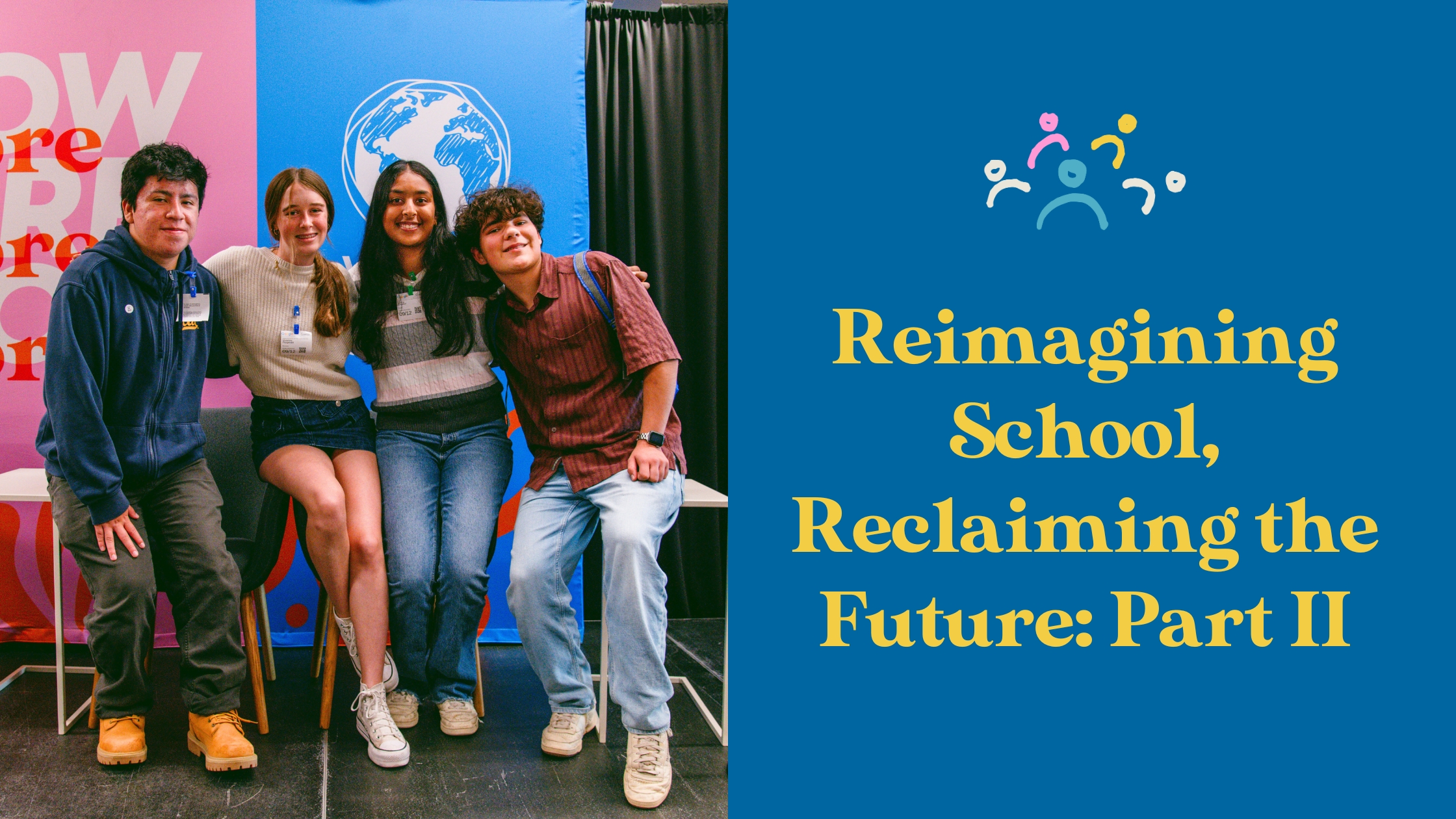A New Way to Do School—And Why It’s Working
By Hamse Warfa, CEO of World Savvy
If we want students to be more engaged, we need to design learning that actually engages them. That means leaving behind outdated models and embracing experiences that reflect the world students live in—and the future they’re stepping into. And it’s already happening.
At Sejong Academy in Minnesota, students explored how to build belonging for neighbors experiencing homelessness. What began as a conversation turned into action—interviews, local research, and projects rooted in empathy and dignity. It wasn’t just about civic learning—it was about community leadership.
At St. Anthony Middle School, students addressed hunger through capstone projects, connecting their research and storytelling to real-world solutions. For many, it was the first time they were asked to apply what they were learning to something they cared about. That made all the difference.
In Denver, George Washington High School has woven global competence across every subject—infusing inquiry and real-world problem-solving into the core of the curriculum. It’s not an add-on; it’s how learning happens.
And at Hanger Hall in North Carolina, students tackled financial literacy through a project called “Myself at 30.” They used math to project their future budgets and imagined careers and reflected on the lives they hope to lead. The result? A deeper understanding of their education’s real-life value—and their own agency within it.
These stories aren’t isolated wins. They’re part of a growing shift toward student-centered, purpose-driven learning. When we trust students with real work on real problems, they rise. And when their voices and identities shape what happens in school, they thrive.
This isn’t an enrichment activity. It’s the future of school—and it’s long overdue.
The root of disengagement isn’t apathy—it’s irrelevance. When students don’t see themselves, their communities, or the world in their learning, they disconnect. And who could blame them?
What brings students back is connection. Relevance. Challenge. It’s classrooms that invite curiosity and honor differences. It’s schools that see students not just as future workers but as present-day changemakers.
The most effective educators we see aren’t just delivering content—they’re cultivating meaning. They create space for students to reflect, wrestle with complex questions, and take action. And they treat learning not as preparation for the “real world” but as a part of it.
We don’t need to abandon structure or standards. Rather, we need to connect structures and standards to students’ lived experiences. We also need to be clear on what we’re aiming for. Are we preparing students to thrive in a fast-changing, polarized world? To solve problems we can’t yet imagine? If not—we have to ask: what are we preparing them for?
The good news is that a different way is possible. And it’s already underway.

